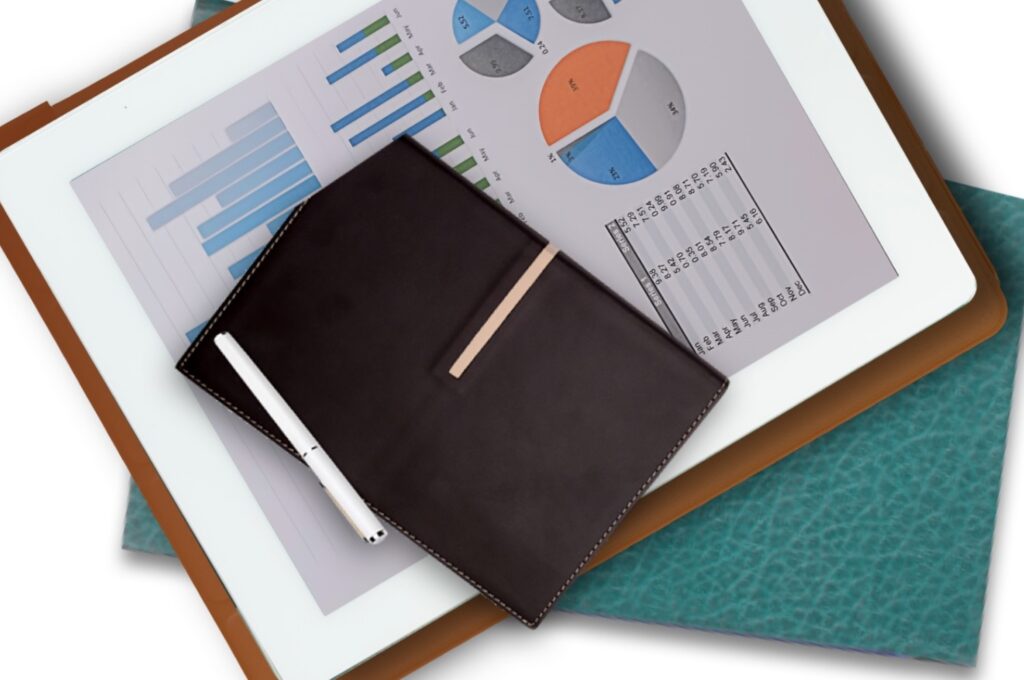With the devastation of the Covid-19 Pandemic, many people have lost their jobs or seen their personal finances take a significant hit. Organizing your money can be difficult at the best of times, but when times are hard, it can be particularly challenging to make your finances stretch. There are many times in both our personal lives and our business operations when additional money is required to fund everything that we need.
During these times, a loan can be a useful way to get the extra money you need now, and which you can pay back over time as and when you get it. There are various types of loans, each of which provides their own benefits and which come with their own set of interests and potential fees. These costs can really vary a lot and so it is vital that you understand exactly what kind of loans are available and all of the terms and conditions that come with it. This will enable you to make the right choice and find the perfect loan for your needs. To help everyone who is considering borrowing money, this article is a guide to common types of loans and how they work.
1. Fast Cash Loans

The first common type of loan is a fast cash loan which is so named because it provides you with the cash that you need without an extended period of consideration. Sometimes called payday loans, these are short-term unsecured loans, which means that you do not have to use an asset like your car or home to guarantee them. The experts from www.bstcredit.com.sg explain that we all have those times now and again when we just need a little extra money at a moment’s notice. This may be due to a medical emergency, a broken home appliance that needs replacing, or just a little top up to get you to the next payday.
Fast cash loans are ideal for anyone who doesn’t have the time to wait for a bank or other lending institution to process their loan application, and for anyone with bad credit who has been turned down for a loan elsewhere. There are many benefits to fast cash loans, but there is also a major downside in that they tend to have very high-interest rates. Make sure you understand all the fine print before you sign for a fast cash loan to ensure that you don’t get a nasty surprise later on.
2. Student Loans

Education is extremely important but unfortunately in many countries, it is also becoming increasingly expensive. In the UK, for example, the average cost of one year’s university tuition is around $13,000, whilst in the US it can be many times that. Most students and their families do not have the money to pay these fees upfront and so many choose to take out a student loan.
There are various types of student loans. Some of them depend on your requirements and the country where you live and study at the moment. In the UK, tuition fees are paid upfront with a government tuition fee loan, which students then pay back after they have graduated and started working. These repayments are based upon the graduate’s earnings, and so if you don’t earn much money, you will only pay a small amount each month. In the US, there are two main types of student loans: federal loans and private loans. US federal student loans work in a similar way to the UK tuition fee loan, and the interest rates are usually very small. Private student loans in the US, however, can have very high rates of interest and it is now a big discussion in American politics about the sustainability of a higher education which saddles students with crippling debts.
3. Secured Personal Loans

A personal loan can be a very useful way to get access to funds when you are in need of them so that you can pay them back later when your finances are in better shape. A secured personal loan is one where some kind of asset is used to guarantee it. This will usually be your car or house, or any other major asset that the loan provider can use to guarantee that if you do not pay back the money, there is something valuable which they can take in lieu of repayment. This reduces the risk for the loan provider and as a consequence, the interest rates that you have to pay will also be reduced.
Whilst lower interest rates is an obvious benefit, the clear downside of a secured personal loan is that if you do fail to pay it back, you will have that asset taken away. This is not an issue if you are confident that you will be able to pay back the money, but you should always think carefully before putting your home at risk. For some secured personal loans, you can mitigate the risk. For example, if you take out a loan to buy a car, you can use the car itself as the collateral.
4. Unsecured Personal Loans

An unsecured personal loan offers the same financial advantages as a secured loan, but you don’t have to put anything up as collateral. All you have to do is look at different lenders’ loan rates, choose the best one, and name the period of time over which you want to pay it back. Whilst there is no risk of you losing your car or home over non-repayments, the flip side of this is that the interest rates on unsecured personal loans are usually significantly higher. This is because the lender has no protection for their money.
With so many types of loans available to borrowers, there is always a good option, no matter what you need the money for. Loans can help with everyday living costs, substantial one-off purchases, and financing businesses and home renovations. If you are considering taking out a loan but don’t know what is the best option for you, look into the common loan types in this article, and remember to check all of the terms and conditions.





